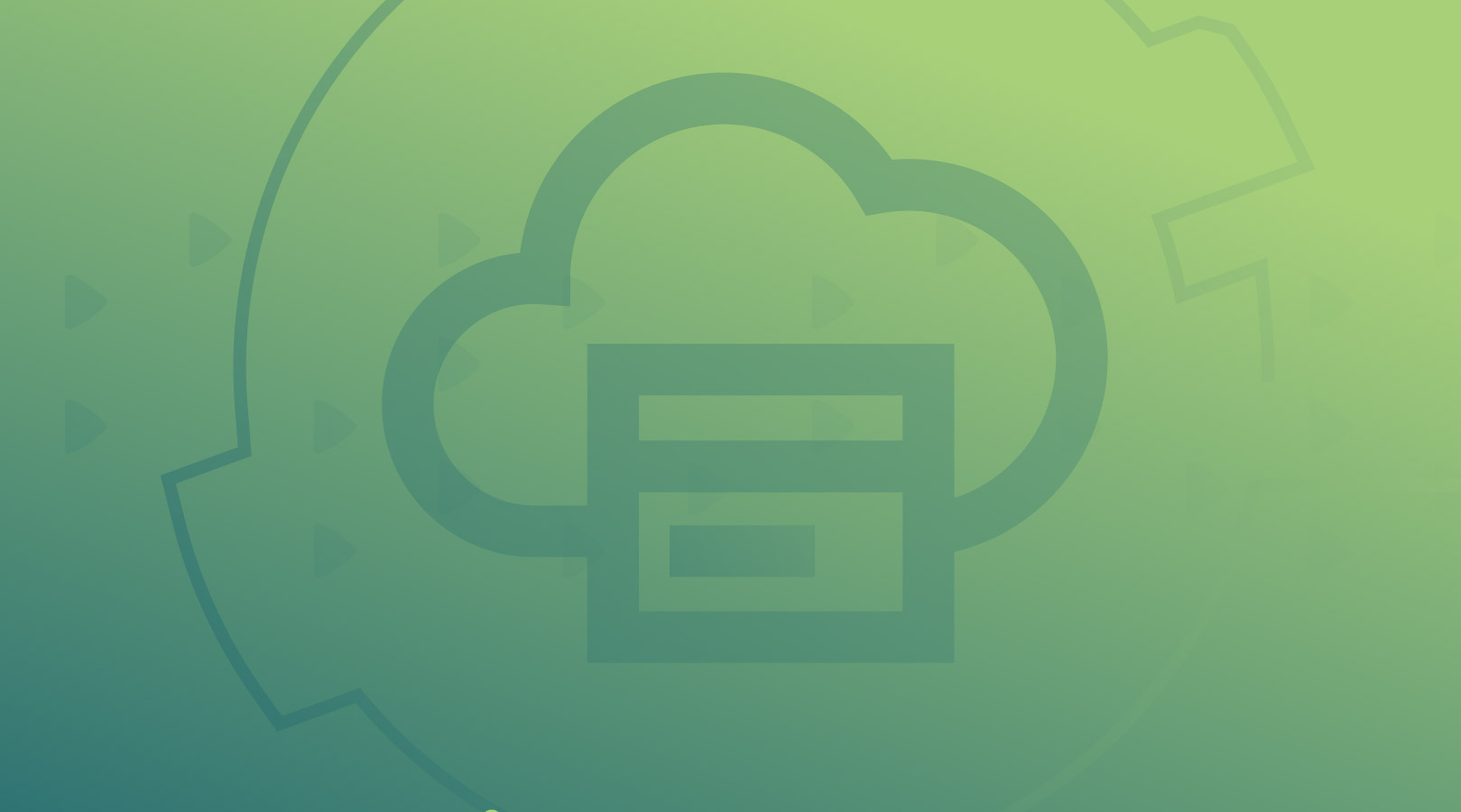It’s one of the ironies of business: the more popular your product becomes, the harder it is to keep up with demand.
Even products we don’t normally think of as dependent upon traditional logistics, such as SaaS, can run into the challenge of scaling.
As an example, consider the video game Among Us. It was first released in 2018 but suddenly exploded in popularity last year when a number of Twitch streamers embraced the game.
To keep up with the massive increase in demand for Among Us, the game’s developer, Innersloth, shelved its plans for a sequel and instead worked quickly to add servers to handle its greatly expanded user base.

Obviously, seeing such overnight growth in your product is a nice problem to have. But there’s also a lesson to be learned from Among Us’ meteoric rise in popularity, which is that you never know what’s going to spark a surge of interest in your product.
The question is, how can you prepare for the possibility of peak demand for your product without overspending?
Taking your software to the cloud
Increasingly, ISVs are turning to the cloud to get ahead of this potential problem.
The benefits of such an approach include:
- Lower costs for infrastructure and IT
- The ability to rapidly make changes to your product
- Being able to scale quickly to keep up with a sudden influx in demand
To realize these benefits, an ISV needs to actually make a successful migration—and it’s at this step where we often see ISVs hit a roadblock.
For those ISVs whose applications are already running on virtual machines inside their network, moving to a cloud platform can be as simple as a lift and shift, where the application is deposited into the cloud and modified to allow for greater scale and flexibility

If your product is more of a legacy application, though, the process is a bit more complicated. You may require the help of an outside partner to modernize your application and recommend cloud-native tools that can help you fully leverage the scalability of the cloud.
While every ISV product is different, in general, the process for moving a legacy application to the cloud includes the following steps:
- Fully analyzing the code base of the application
- Identifying which components of the code will play well with the cloud and which components will need to be rewritten or changed
- Utilizing single sign-on (SSO) to allow for quick access without sacrificing security
- Ensuring the application is able to scale out (as in, able to spread its workload across processors) rather than scaling up
- Load testing to keep the application running smoothly during times of heavy usage
Each of these steps in the process is designed to help you maximize your cloud environment so that you can better meet the demands of your customers—all while reducing your infrastructure costs and allowing you to push out updates much more quickly.
To learn more about migrating your applications to the cloud, check out our free in-depth guide to Adopting and Migrating to the Cloud.
Categories
- Cloud Migration and Adoption
- Enterprise IT and Infrastructure
- Artificial Intelligence and Machine Learning
- Data Management and Analytics
- DevOps and Automation
- Cybersecurity and Compliance
- Application Modernization and Optimization
- Featured
- Managed Services & Cloud Cost Optimization
- News
- Workplace Modernization
- Tech We Like
- AWS
- Social Good News
- Cost Optimization
- Hybrid Cloud Strategy
- NVIDIA
- Application Development
- GPU




